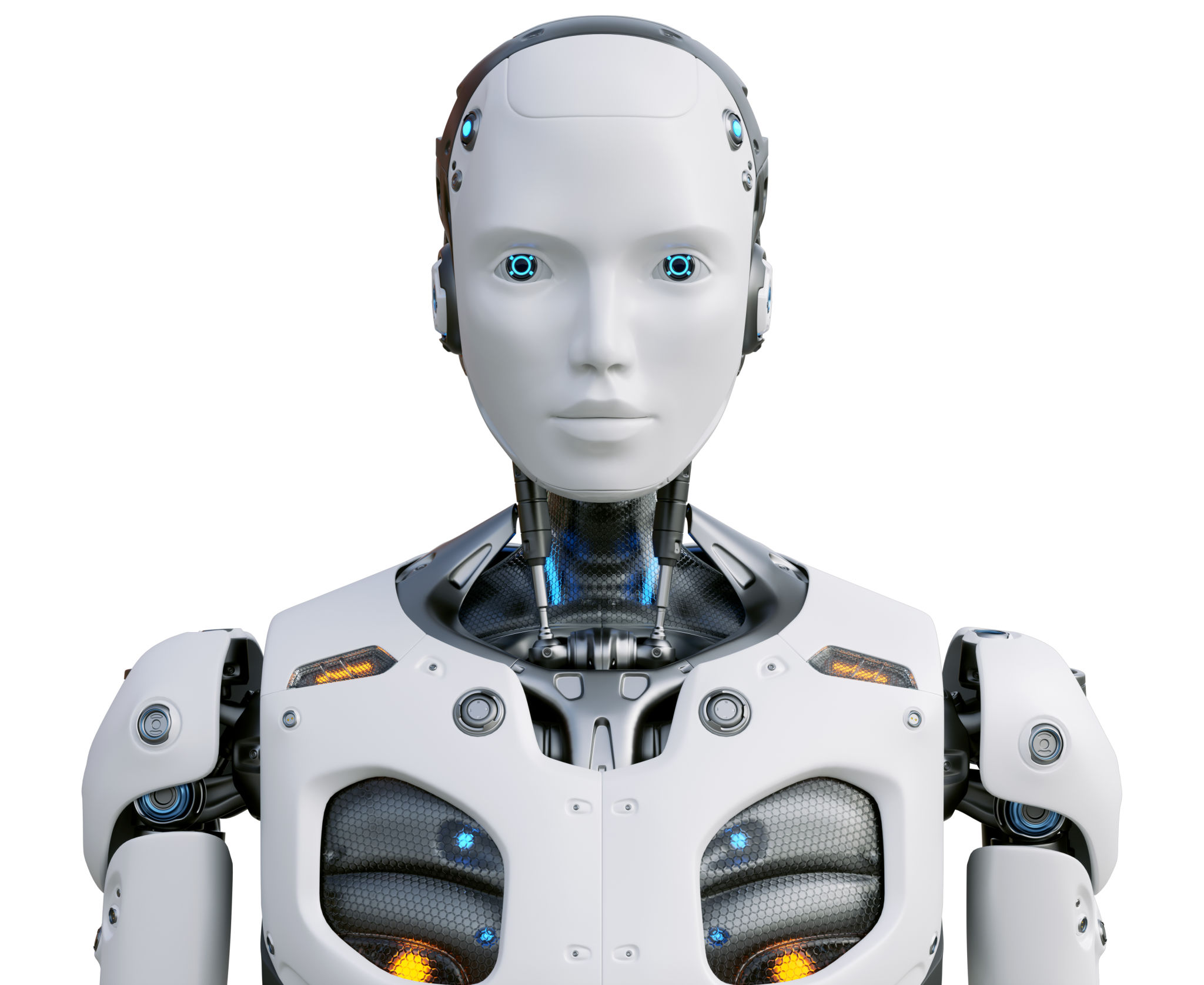How Industrial Robots Enhance Workplace Safety
Introduction to Industrial Robots in the Workplace
In recent years, industrial robots have become essential tools in manufacturing and production environments. These advanced machines are not only revolutionizing productivity but also significantly enhancing workplace safety. By automating hazardous tasks, industrial robots are reducing the risk of workplace injuries and creating a safer environment for human workers.

Reducing Human Involvement in Dangerous Tasks
One of the primary benefits of industrial robots is their ability to handle tasks that are dangerous for humans. In industries such as automotive manufacturing, robots are used to perform welding, painting, and assembly operations. These tasks often involve exposure to toxic fumes, extreme heat, and heavy machinery, which can pose significant risks to human workers.
By automating these processes, companies can minimize human exposure to potentially harmful conditions. This not only protects employees but also ensures that work is carried out consistently and efficiently.
Improving Precision and Consistency
Industrial robots are known for their precision and consistency. Unlike human workers, robots do not tire or lose focus, allowing them to perform repetitive tasks with high accuracy. This precision is crucial in industries where even minor errors can have significant consequences, such as pharmaceuticals or electronics manufacturing.
By ensuring that each task is completed accurately, robots help reduce the likelihood of accidents caused by human error. This improved consistency also enhances product quality, leading to fewer defects and recalls.

Enhancing Ergonomics and Reducing Physical Strain
Another way industrial robots enhance workplace safety is by reducing the physical strain on workers. Many industrial tasks require repetitive motions or heavy lifting, which can lead to musculoskeletal injuries over time. By taking over these physically demanding tasks, robots allow human workers to focus on more cognitive and supervisory roles.
This shift not only improves the overall health and well-being of employees but also increases job satisfaction and retention rates. Workers can engage in more meaningful tasks without the risk of injury from repetitive strain or heavy lifting.

Emergency Response and Monitoring
Advanced industrial robots are equipped with sensors and monitoring systems that can detect anomalies or unsafe conditions in the workplace. These systems can identify potential hazards in real-time, allowing for immediate intervention before accidents occur.
Moreover, in the event of an emergency, robots can assist in evacuation procedures or provide critical information to emergency responders. This proactive approach helps mitigate risks and ensures a swift response to potential threats.
The Future of Workplace Safety with Industrial Robots
As technology continues to evolve, the role of industrial robots in enhancing workplace safety will only grow. With advancements in artificial intelligence and machine learning, future robots will become even more adept at identifying and mitigating risks.
By integrating these intelligent systems into their operations, companies can create a safer, more efficient working environment that protects both their employees and their bottom line. Embracing this technology is not just an investment in safety but a step towards a smarter, more sustainable future.